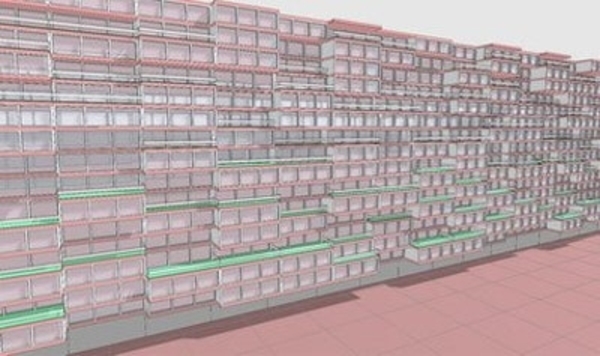Price:
8440 EUR
Contact
National University of Singapore
Description
As part of our “Spatial Computational Thinking” program, this “Generative Modelling” course focuses on the generation of complex spatial information models capturing various relationships and constraints. You will learn how to tackle challenging problems by integrating multiple procedures that work together to generate spatial information models.
This course you will build on the previous two courses that covered procedural and semantic modelling. In this course, the complexity of the spatial information modelling tasks will increase, requiring a more advanced type of generative modelling approach.
While in the previous two courses, models were generated using a single procedure, in this course you will learn how to combine and integrated multiple procedures. This will also allow you to keep your procedure short and to visualize the modelling results at intermediate stages, thereby making it easier to tackle more complex types if challenges.
You will then learn how to create flowcharts with multiple nodes, where each node contains its own procedure. You will learn skeletal modelling strategies that make it easier to control the complexity of the generative process. You will also learn more advanced generative modelling techniques, such as using law curves and resolving spatial constraints by implementing your own solvers.
In the process, you will also further develop your coding skills. In particular, you will learn a range of general mathematic techniques that are critical to basic types of spatial reasoning, including working with vectors, rays, and planes, and using various mathematical functions such as periodic functions, and dot product and cross product functions. You will also revisit the debugging process, learning how flowcharts can be used to isolate errors.
The modelling exercises and assignments during this course will also become more advanced. The spatial information models will now represent complex buildings with a range of different types of components and parts, tagged with attributes and grouped into collections.
The course prepares you for the next and final course in the “Spatial Computational Thinking” program, focusing on performative modelling.
Specific details
Category of Education
Computer Sciense and IT







 How to resolve AdBlock issue?
How to resolve AdBlock issue? 


Comments (0)